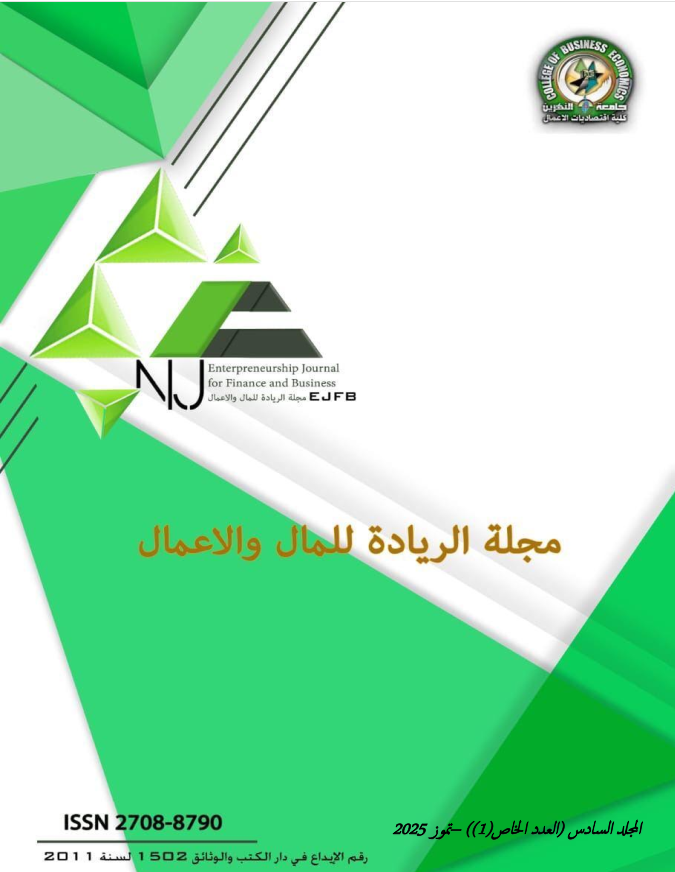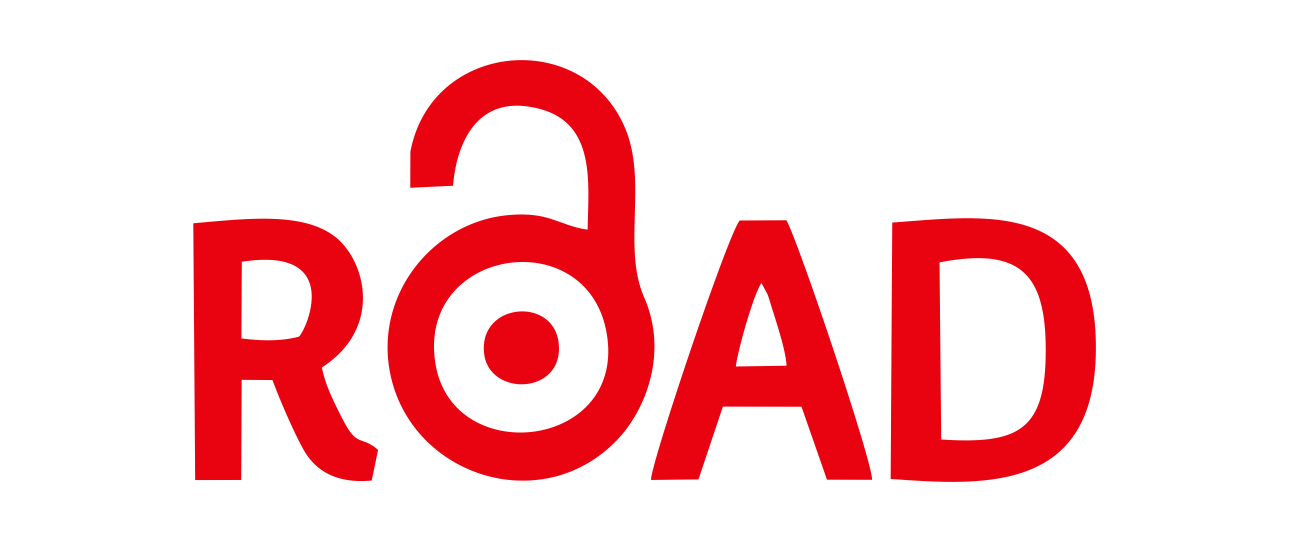Using the sustainable balanced scorecard to measure the sustainable performance of Al-Qasim Green University
DOI:
https://doi.org/10.56967/ejfb2025654Keywords:
sustainable balanced scorecard, sustainable performance, financial perspective, social perspective, environmental perspective, Al-Qasim green universityAbstract
The aim of this research is to measure the sustainable performance of Al-Qasim Green University based on the indicators of the Sustainable Balanced Scorecard (SBSC), and to assess the university’s ability to serve the community through social and environmental performance indicators. Sustainable orientation is essential in today’s business environment, as it reflects the clarity of strategic objectives and the roles of faculty and support staff in delivering high-quality, distinguished educational services. It also supports creative capacities to build a strong academic reputation, making the university a key contributor in meeting labor market needs.
The study adopted a case study methodology focusing on Al-Qasim Green University, using both financial and non-financial data for the period (2018–2019). The results were measured and analyzed accordingly. Findings indicate that the university is capable of enhancing sustainable performance, provided that improvements are made in cost and managerial accounting systems. These improvements should aim to provide decision-makers with relevant information that reflects the university's economic, environmental, and social realities.
The research recommendations emphasized the importance of university leadership giving due attention to environmental and social factors, alongside economic ones, in adopting higher education and scientific research strategies. It also called for creating multiple channels of engagement with the labor market and the community.
Downloads
Downloads
Published
How to Cite
Issue
Section
License
Copyright (c) 2025 الهام عبد الحسين المسلماوي، كرار عبد الاله الخالدي

This work is licensed under a Creative Commons Attribution 4.0 International License.
This is an Open Access article distributed under the terms of the creative commons attribution (CC BY) 4.0 international license which permits unrestricted use, distribution, and reproduction in any medium or format, and to alter, transform, or build upon the material, including for commercial use, providing the original author is credited.










